1. Burj Khalifa
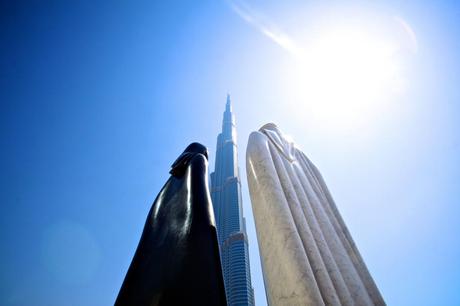
Standing at a breathtaking 829.8m tall, the Burj Khalifa in Dubai is the largest building in the world and uses solar energy to help meet its huge energy demand. Solar panels were incorporated into the design of the building and provide the bulk of the residents’ water heating requirements.
As well as providing sustainable energy to the tower’s occupants, the solar panels save the equivalent of 3,200 kilowatts of energy per day. The panels serve as solar energy collectors as opposed to photovoltaic electricity generation panels. The Burj Khalifa has 378 collector panels which heat around 140,000 litres of water in seven hours.
2. White House
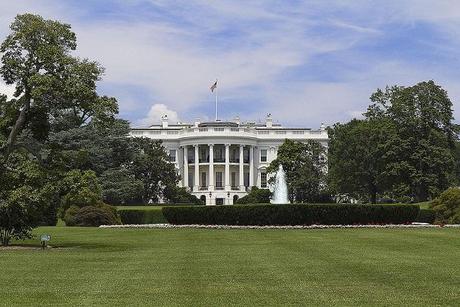
As a sign of his commitment to renewable energy, President Barack Obama ordered the installation of solar panels at the White House in 2010. However Obama wasn’t the first President to introduce solar panel technology to the White House. Jimmy Carter installed 32 solar panels on the presidential mansion in 1979. Unfortunately the solar panels on the White House didn’t last long; Ronald Reagan ordered their removal in 1981.
According to officials at the White House, the solar panels installed under Obama’s presidency will repay the costs of installation within eight years and will convert sunlight into 19,700 kilowatt hours of electricity a year.
Watch a video of the solar panels being installed
3. The Eiffel Tower

It was announced in 2012 that the iconic Eiffel Tower was going green with the installation of solar panels and hydraulically powered turbines as part of the tower’s first platform renovation.
Solar panels on the roof of the Ferrie Pavilion will provide over 50 percent of the hot water used for the tower. Overall the scheme will reduce the tower’s energy consumption by 30 percent.
4. The Vatican
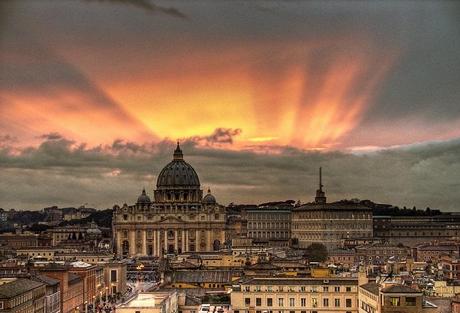
In 2008 Pope Benedict XVI become the first leader of the Vatican to harness the power of solar energy, installing an impressive 2,700 solar panels on the Paul VI auditorium. The use of solar panels will avoid 400 tonnes of carbon dioxide every month.
Indeed the Vatican has been called the first ever ‘solar nation’ after spending around $600 million to install enough solar to power all 40,000 of its households.
5. Taj Mahal
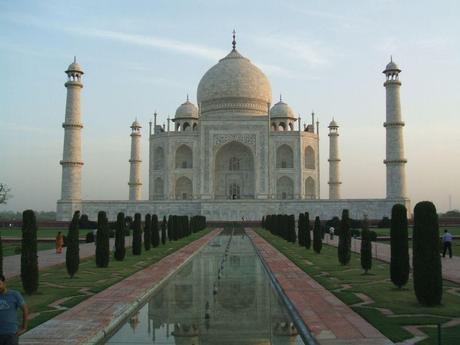
The Indian city of Agra, home of the Taj Mahal is to become India’s first solar city. Motivated by the urgent need to reduce air pollution and the subsequent acid rain, the five year plan will result in the generation of approximately 10% of the city’s electricity.
6. “Sun Dial” Office Building
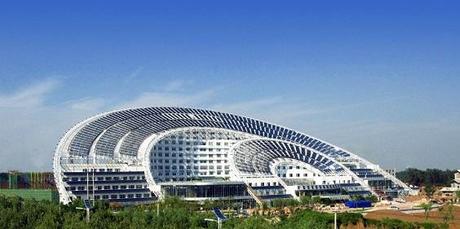
Whilst not renowned for its green credentials, China is stepping up their commitment to green and renewable energy. This “Sun Dial” building obtains 95% of its energy needs from alternative energy sources. The 75,000 square meter structure is a multi-user building and features a hotel, exhibition centre, science research facilities and meeting facilities.
7. Solar Powered Stadium
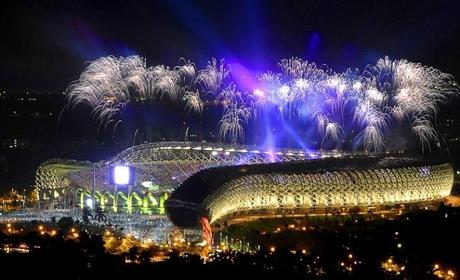
Built for the 2009 World Games, this 50,000 seat arena in Taiwan is covered with 8,844 solar panels. The solar panels power the stadium’s 3,300 lights and two jumbo vision screens.
On days where the stadium is not being used, the energy from the solar panels will be fed into the local grid, where it will meet almost 80% of the neighbouring area’s energy requirements.
8. CIS Tower
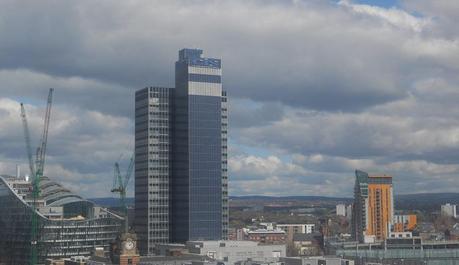
On its completion in 1962, the CIS Tower was the tallest building in the UK. Despite being overtaken many times since, the tower remains the tallest office building in the UK outside of London and has been granted listed building status.
In 2005 the tower, located in Manchester, was fitted with 575.5 kW of PV cells generating approximately 180,000 kWh of electricity per year.
9. Chirk Castle
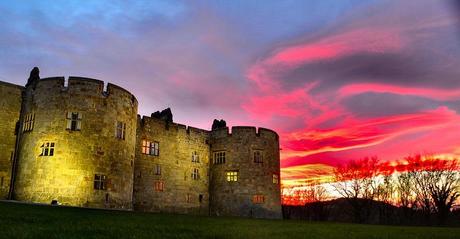
Proving that solar power isn’t just for 21st century constructions, 700 year old Chirk Castle recently installed a roof-mounted solar thermal system to supply hot water to the castle during summer months. The solar systems will reduce the castle’s carbon footprint by over 4,000kg of CO2 a year and save around 8,000kw per year.
10. Poh Ern Shih Buddhist Temple
Adding to the growing trend for religious buildings to harvest the rewards of solar panel energy, Poh Ern Shih Buddhist Temple in Singapore recently fitted rooftop solar panels to help heat their water and power their lights.
